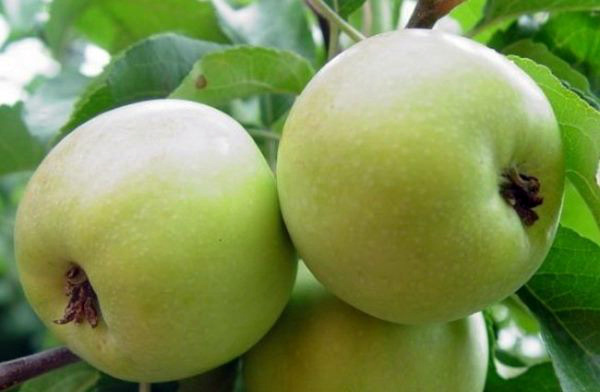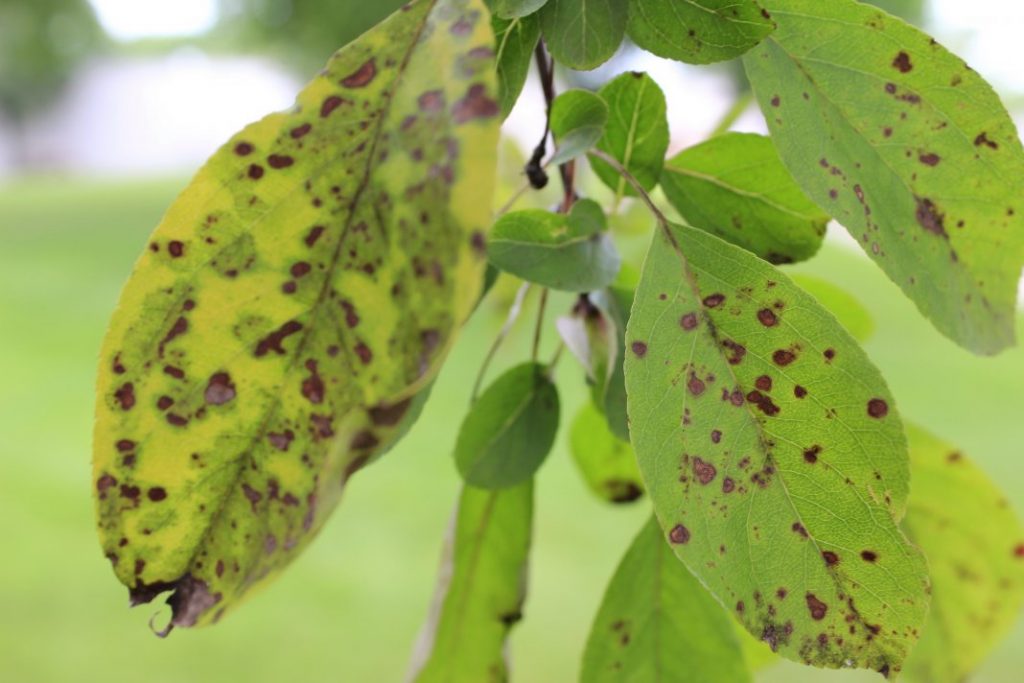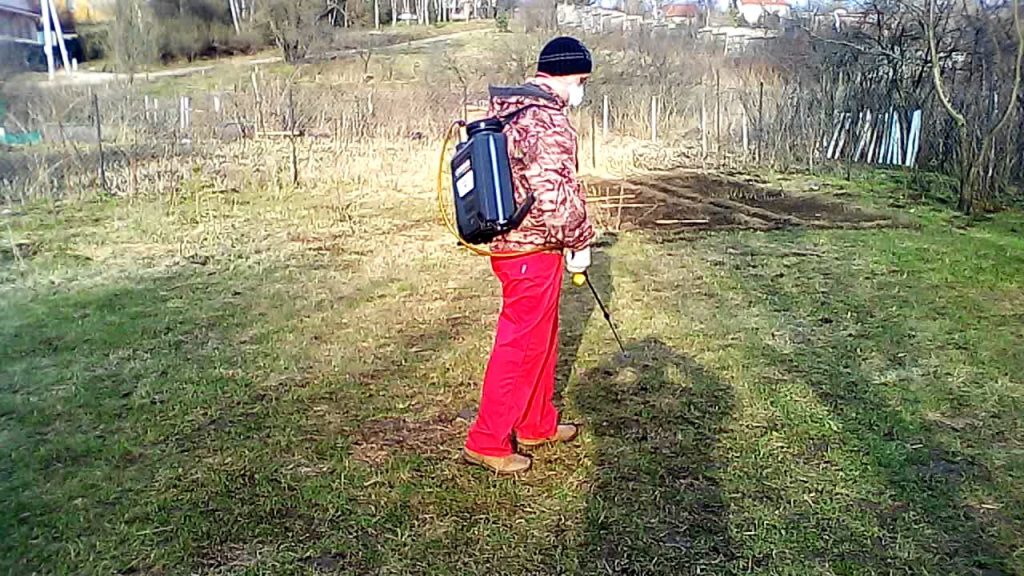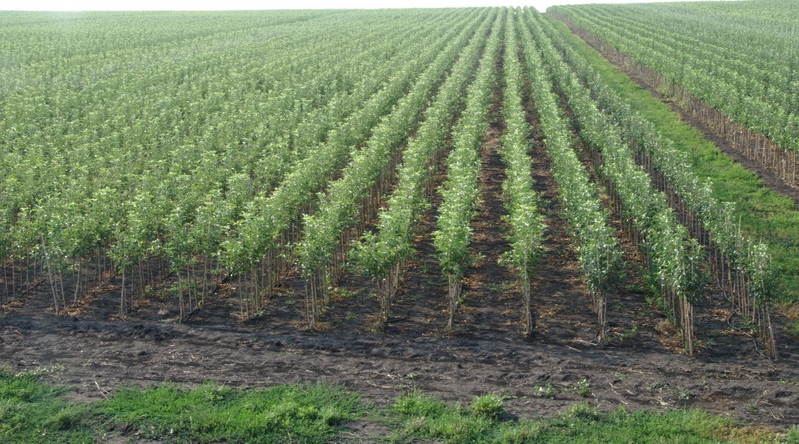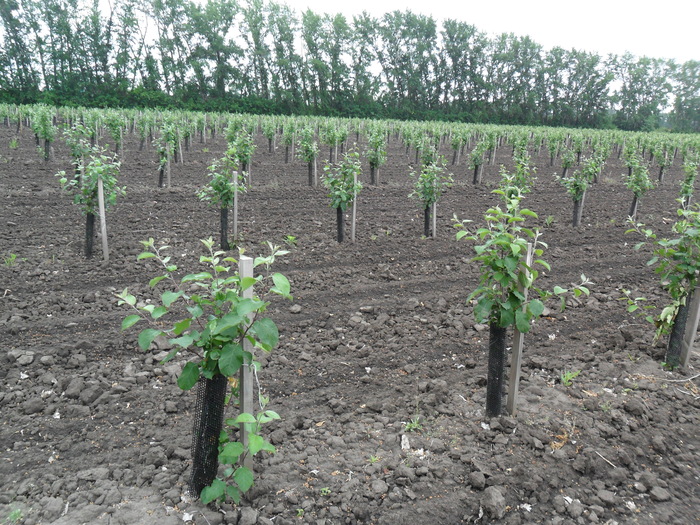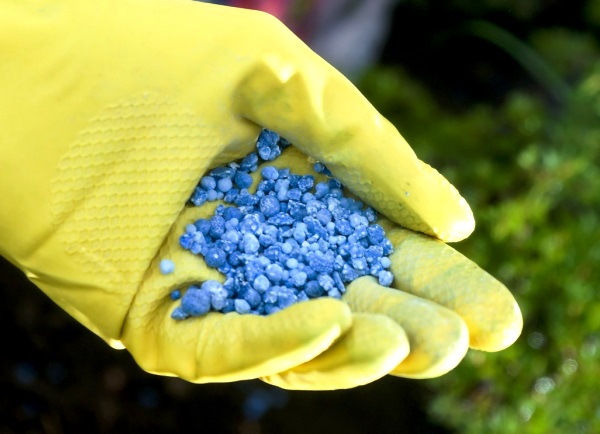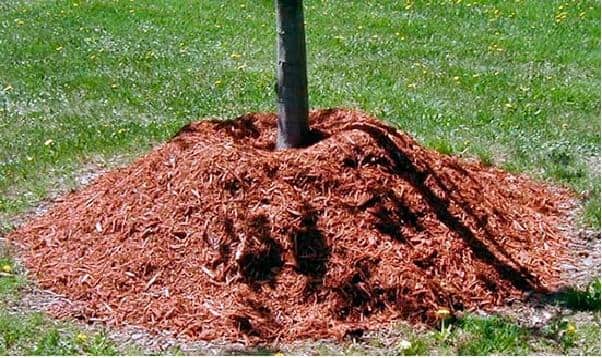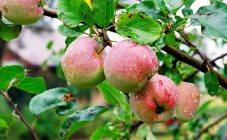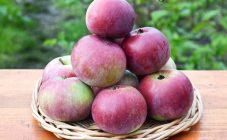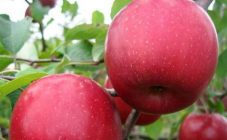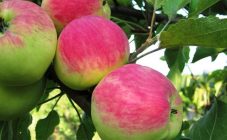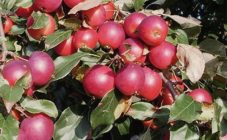Content:
General information about culture
The apple tree is one of the main pome crops grown both on private plots and in large industrial gardens of farmers and agricultural organizations. A wild variety of this culture was introduced from Asia Minor in the 1st century. BC. to Egypt, Palestine, Ancient Rome as a result of the conquest campaigns of Alexander the Great.
Due to its taste and unpretentiousness, the strange fruit quickly gained great popularity, spreading throughout most of Europe and Asia. Over time, through the efforts of breeders, the apple tree has turned from a wild species into a cultivated high-yielding crop. Of the more than 10,000 different varieties developed by scientists, a large group of low-growing apple trees on clonal dwarf rootstocks is distinguished.
History of creation
Yablonya Chudnoe is one of the typical representatives of this group of varieties, bred by the scientist-breeder of the South Ural Research Institute of Horticulture and Potato Growing M.A. Mazuninin. Obtained by crossing the varieties Ural North x 11-20-12 and Eliza Ratke. It was included in the Register of Breeding Achievements in 2001 and allowed for cultivation in the Ural and East Siberian regions of Russia. Due to its increased winter hardiness, it is also grown in regions with a milder climate.
Description of the apple-tree variety Chudnoe
Characteristics of the dwarf apple variety Wonderful includes a description of the appearance of a fruiting tree, its early maturity, frost resistance, yield, resistance to pests and diseases.
Appearance
- A tree, no more than 2-2.5 meters high, with a spreading crown of skeletal branches extending from the central conductor, located almost parallel to the ground.
- The leaves are medium in size, oval in shape. The surface of the leaf blade is glossy (shiny), deep green.
- The fruit is a large apple (weighing up to 200 g), round in shape, with a greenish or yellow color, a small reddish "blush" on the sunny side. In the bright sun, the apple may even be red - the strokes of the blush merge together, forming an uncharacteristic color for this variety. The flesh of the fruit is firm and juicy. When falling from a low height, they are slightly injured and almost do not rot.
- The taste is sweet, with a slight sourness. Apples of this variety keep well for 1 month.
Early maturity
Summer variety, late ripening, fruits ripen at the end of August. A two-year-old seedling begins to bear fruit at the age of 3.
Frost resistance
The dwarf apple-tree Chudnoe has high frost resistance, tolerating Siberian frosts down to -50-600C and strong cold winds. This dignity of this variety allows it to be grown almost everywhere - this is the Moscow region, the Caucasus or the harsh conditions of Siberia and the Urals.
Yield
This remarkable variety belongs to the high-yielding variety, capable of producing up to 100 kg of marketable fruits per tree with proper care.
Pest and disease resistance
The variety is highly scab resistant.
Agricultural technology of cultivation
Soil requirements
Suitable for planting varieties are well-cultivated loamy underlain by sands, as well as cohesive sandy, slightly acidic or neutral soils with a high content of nutrients and humus.
Choosing a landing site
For planting seedlings, a well-lit area with a slight slope in the south, southeast or southwest direction is chosen. The groundwater level at the landing site should not be higher than 1.5-2.0 meters from the surface.
Soil preparation
The area set aside for planting an apple orchard is treated with glyphosate-containing preparations (Roundup, Rainbow, Glyphos, Hurricane). 10-14 days after treatment, plowing is carried out to the depth of the fertile layer (20-30 cm).
In areas with an average content of nutrients, mineral and organic fertilizers are applied in the following doses:
- Double superphosphate - 20 g / m2;
- Potassium sulfate - 25 g / m2;
- Humus or rotted manure - 10-12 kg / m2 (1 bucket with a volume of 12 liters).
Planting material requirement
For planting, only healthy two-year-old seedlings with 3-5 skeletal branches, a well-developed root system, and the absence of unhealed mechanical damage on the central conductor and branches are used.
Landing time
Saplings are planted:
- In the spring, after thawing of the soil and the descent of melt water (mid-end of April);
- In autumn - mid-second half of October.
Planting process
The landing process includes the following operations:
- Digging a planting pit with a diameter of 0.9-1.0 m and a depth of 0.4-0.5 m;
- Backfilling to the bottom of the pit 10-12 kg of humus mixed with mineral fertilizers (150 g of double superphosphate and 90 g of potassium sulfate);
- The seedling is placed in a pit in such a way that the root collar is at the level of the soil, and its straightened roots rest on a humus mound at the bottom of the planting pit;
- Sprinkle the roots with fertile soil, compacting it gently with your foot or hand;
- After the root system is completely covered with fertile soil, the remaining volume of the pit is covered with soil of the fertile layer;
- After the hole is filled, a hole with high sides is made completely around the seedling from fertile soil;
- Next to the seedling, a thin stalk (support) is stuck into the ground to a depth of 10-15 cm, to which a young tree is loosely tied in two places;
- Immediately after planting, the seedling is watered abundantly, pouring 10-12 liters of water into the hole.
Landing scheme
When planting in a row, the seedlings are placed at a distance of at least 1.5 meters, the row spacing is 3.5-4 meters.
Pruning
In the first year after planting, the seedling is not pruned. Starting at the age of 3, pruning is performed in early spring, before the buds awaken (March-April).
This removes:
- Branches damaged by wind, frost, rodents;
- Dead branches;
- One-year growth, growing inside the crown;
- Branches directed vertically up or down;
- Branches that cross and interfere with each other's growth.
A sharp tool is used for trimming - a pruner, a garden knife, a saw. Branches up to 2 cm in diameter are removed with a pruner or a knife, thicker ones with a saw. Sections are covered with garden pitch.
Top dressing
An adult (fruiting) apple orchard begins to feed from the 3rd year. One thing - and two-year-old trees do not need feeding - during planting, a sufficient amount of fertilizer was applied for their growth and development at the initial stage.
Throughout the season, there are three top dressing of this kind of apple trees:
- Spring - produced before bud break in early to mid-April. Ammonium nitrate is introduced into it at a dose of 50-55 g / apple tree;
- Summer - perform it in the middle of summer, in the phase of fruit filling. 30 g of ammonium nitrate or 20 g of carbamide are added to this top dressing for 1 apple tree;
- Autumn - applied just before the frost, in a dose of 70 g of potassium sulfate and 80 g of superphosphate per 1 apple tree.
Loosening and mulching
Annually, the trunk circle is loosened to a depth of 10-12 cm. After loosening, the soil is mulched with peat and humus. The layer of mulch should be at least 5 cm. As it subsides, it is renewed.
Watering
Throughout the growing season, the apple orchard is watered several times during the most critical growth phases:
- When the kidneys wake up;
- In the flowering phase;
- During the filling phase;
- In autumn, before the leaves fall (for better wintering).
Watering is carried out with settled rainwater in the early morning or late evening. All the water is poured with a watering can or bucket neatly into the trunk circle. Following watering, soil loosening and mulching are performed.
Pest and disease control
The variety is scab resistant. To combat other diseases (rust, powdery mildew, rot), plants are treated with fungicides such as Horus, Tersel, Poliram, Topsin-M during the growing season.
Against pests, an apple tree of this variety is treated with insecticides such as:
- Spark;
- Decis Expert;
- Bi-58 New;
- Aktara;
- Karate Zeon;
- Calypso;
- Sensei.
Advantages and disadvantages
The main advantages of this variety include:
- High productivity;
- Scab resistance;
- Winter hardiness;
- Keeping quality.
Very often, many summer residents alter the name of this variety, calling it "Miracle apple tree". This is not surprising - undersized and small, compared to other varieties, the apple tree, with proper care, gives a rich harvest of tasty and mature apples. But if the gardener does not take care of the Miracle apple tree in the proper way, this dwarf variety, amazing and incredible in terms of yield and winter hardiness, grows sick and runs wild, producing a small amount of medium-sized fruits.
